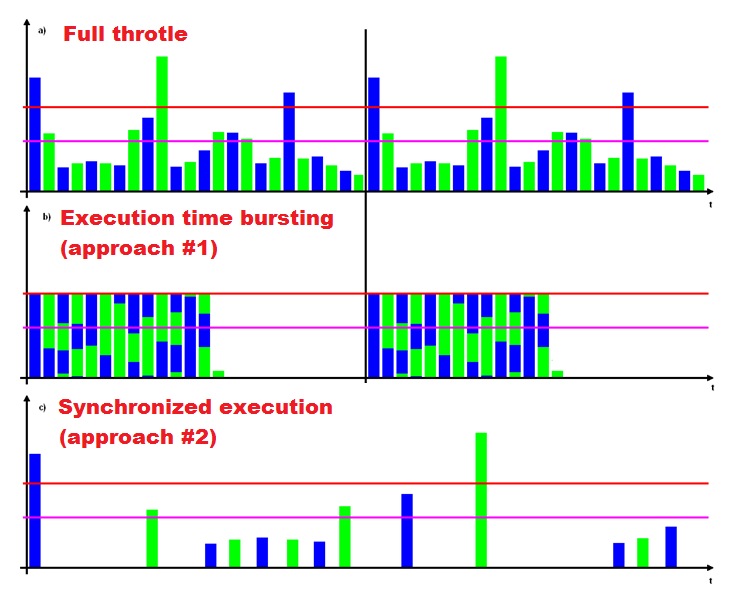I am planning on creating a Sega Master System emulator over the next few months, as a hobby project in Java (I know it isn't the best language for this but I find it very comfortable to work in, and as a frequent user of both Windows and Linux I thought a cross-platform application would be great). My question regards cycle counting;
I've looked over the source code for another Z80 emulator, and for other emulators as well, and in particular the execute loop intrigues me - when it is called, an int is passed as an argument (let's say 1000 as an example). Now I get that each opcode takes a different number of cycles to execute, and that as these are executed, the number of cycles is decremented from the overall figure. Once the number of cycles remaining is <= 0, the execute loop finishes.
My question is that many of these emulators don't take account of the fact that the last instruction to be executed can push the number of cycles to a negative value - meaning that between execution loops, one may end up with say, 1002 cycles being executed instead of 1000. Is this significant? Some emulators account for this by compensating on the next execute loop and some don't - which approach is best? Allow me to illustrate my question as I'm not particularly good at putting myself across:
public void execute(int numOfCycles)
{ //this is an execution loop method, called with 1000.
while (numOfCycles > 0)
{
instruction = readInstruction();
switch (instruction)
{
case 0x40: dowhatever, then decrement numOfCycles by 5;
break;
//lets say for arguments sake this case is executed when numOfCycles is 3.
}
}
After the end of this particular looping example, numOfCycles would be at -2. This will only ever be a small inaccuracy but does it matter overall in peoples experience? I'd appreciate anyone's insight on this one. I plan to interrupt the CPU after every frame as this seems appropriate, so 1000 cycles is low I know, this is just an example though.
Many thanks, Phil


